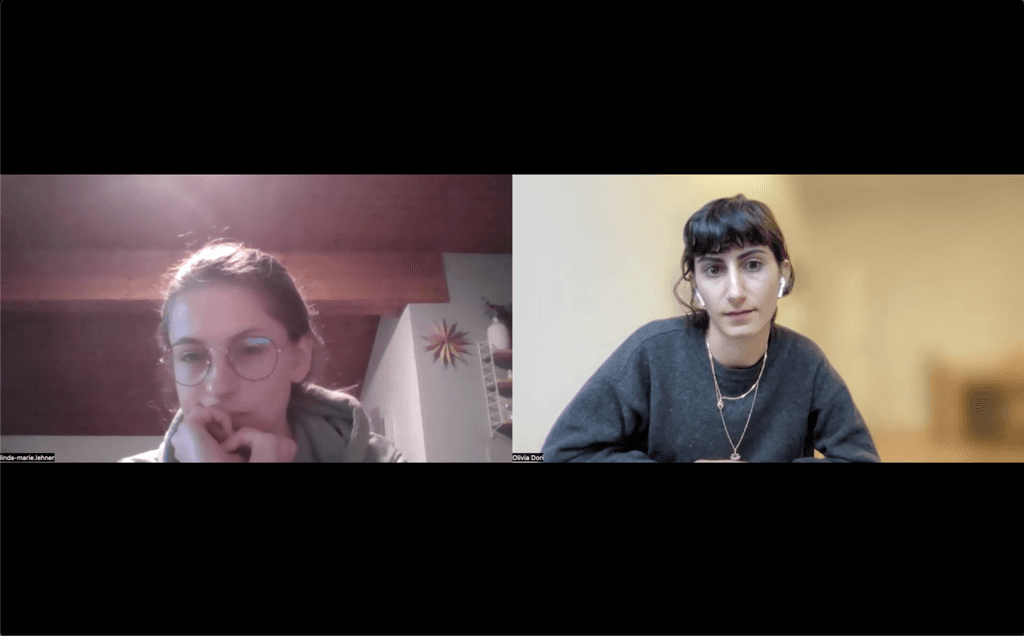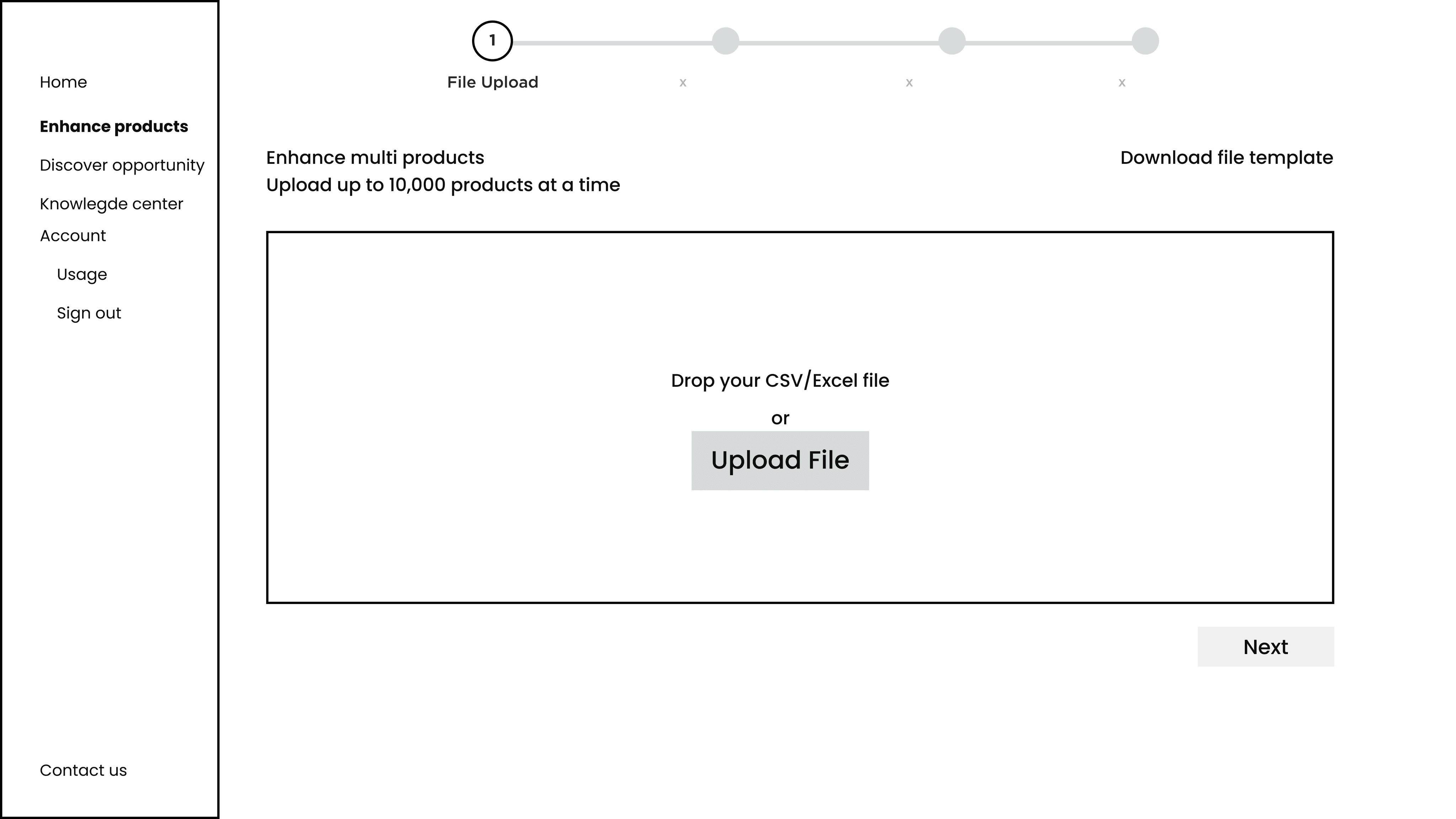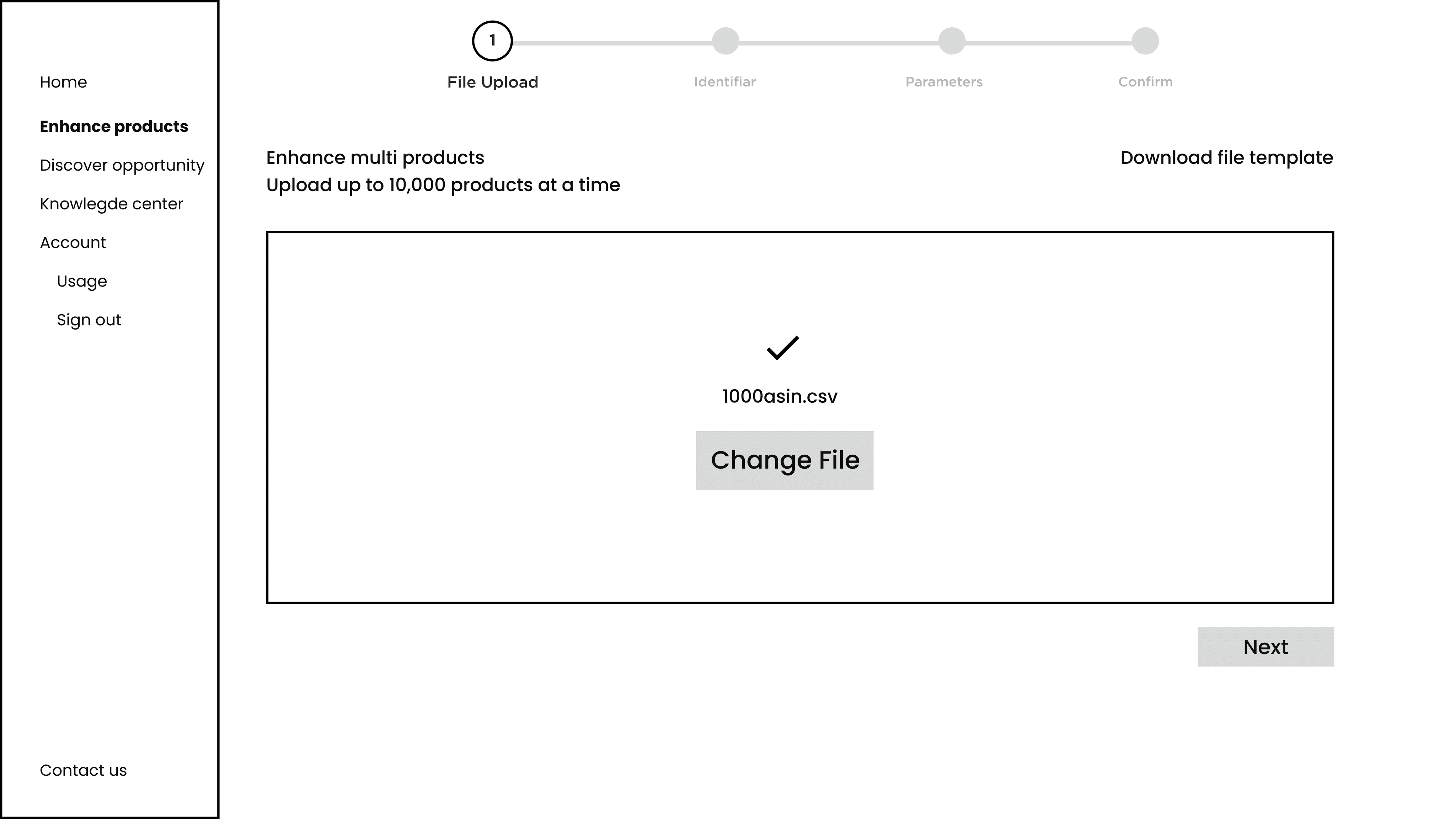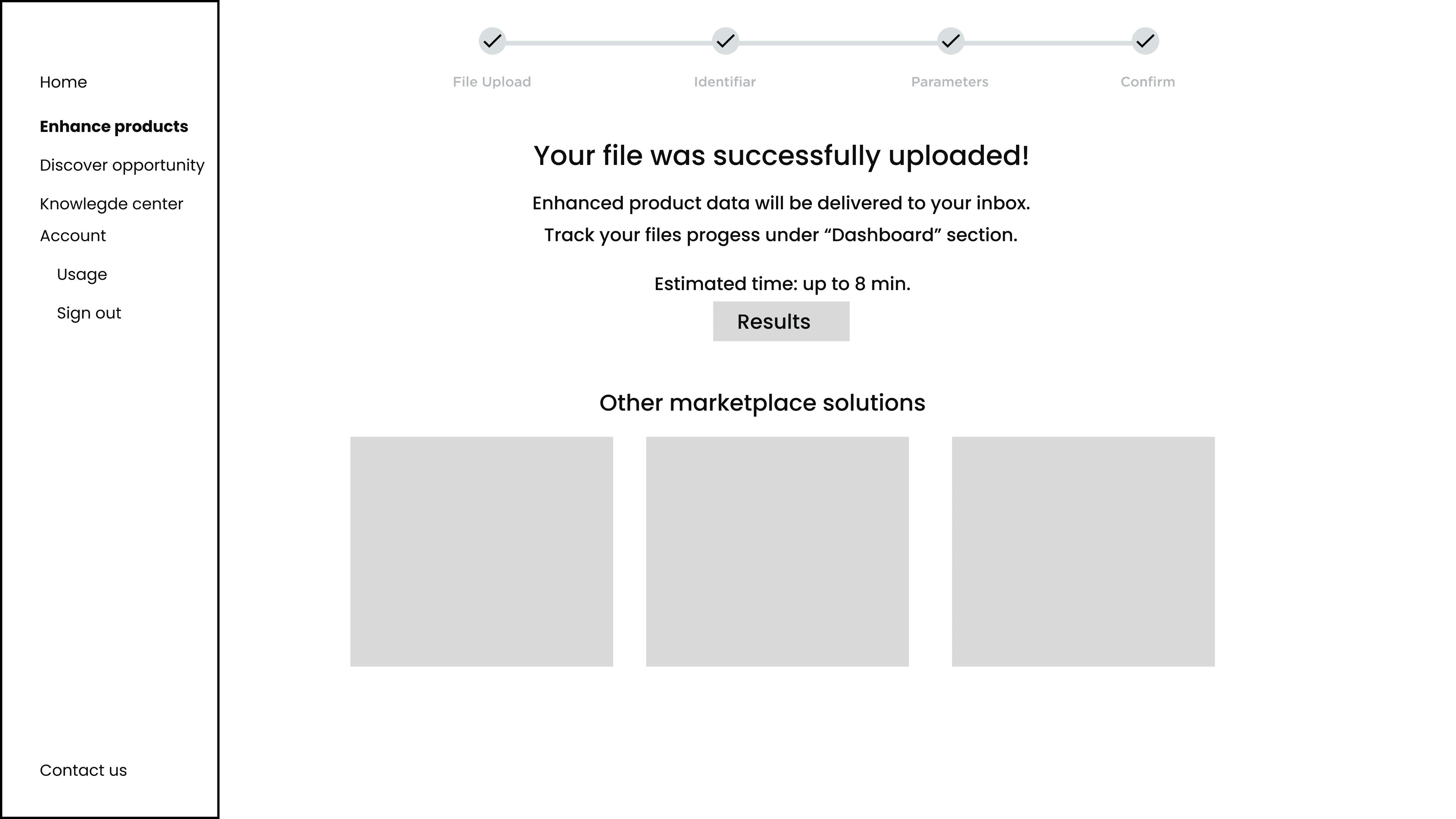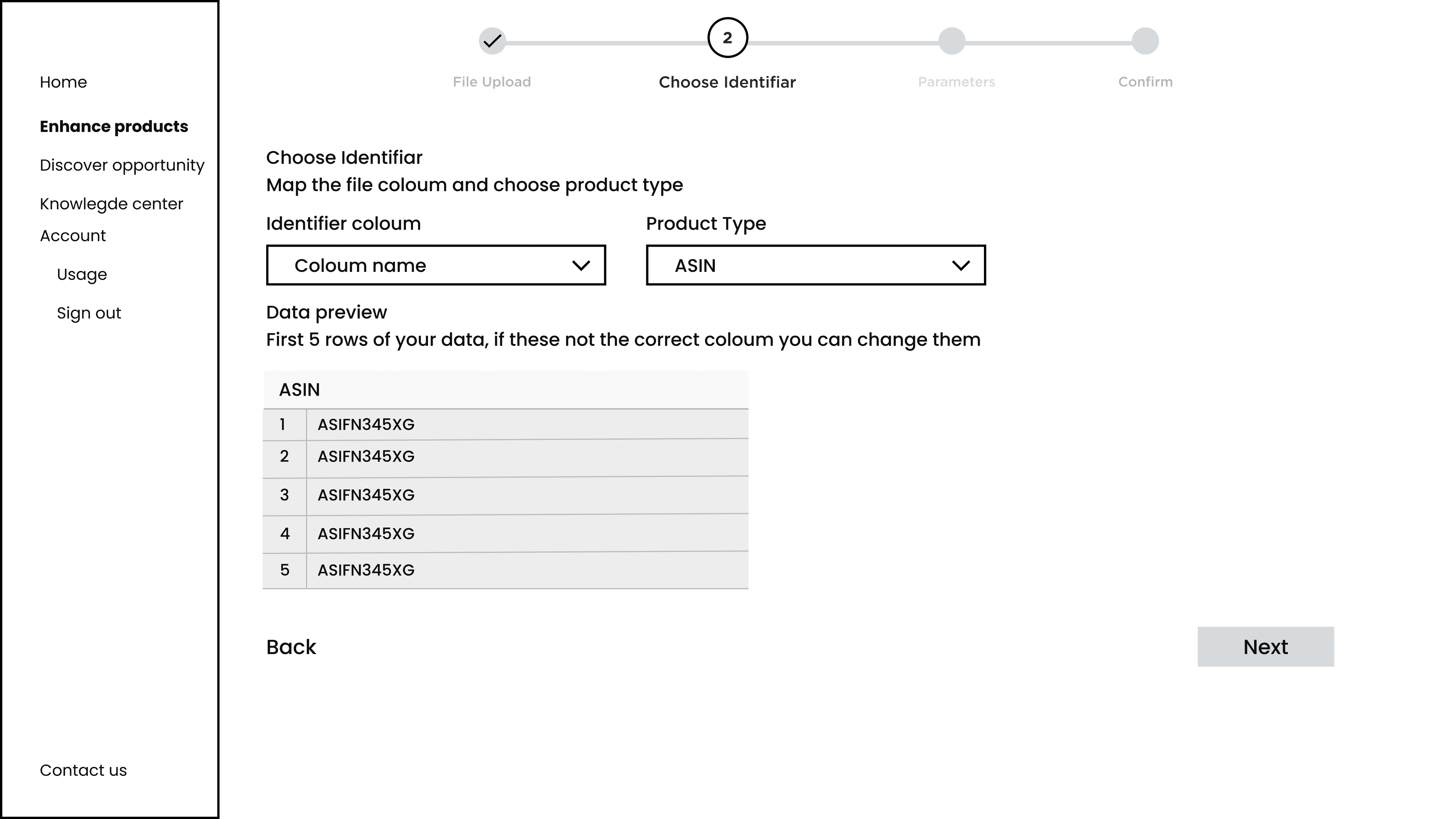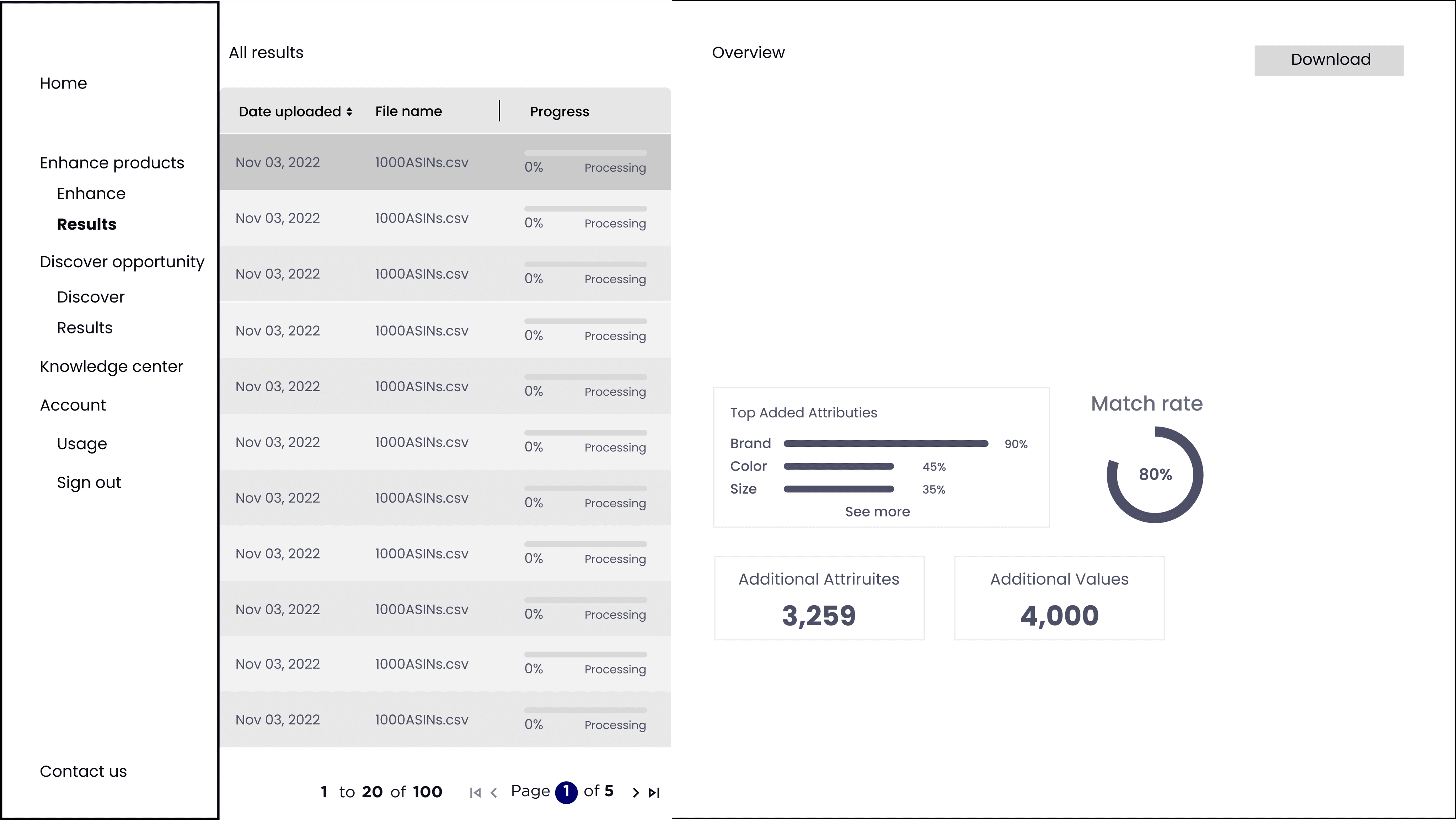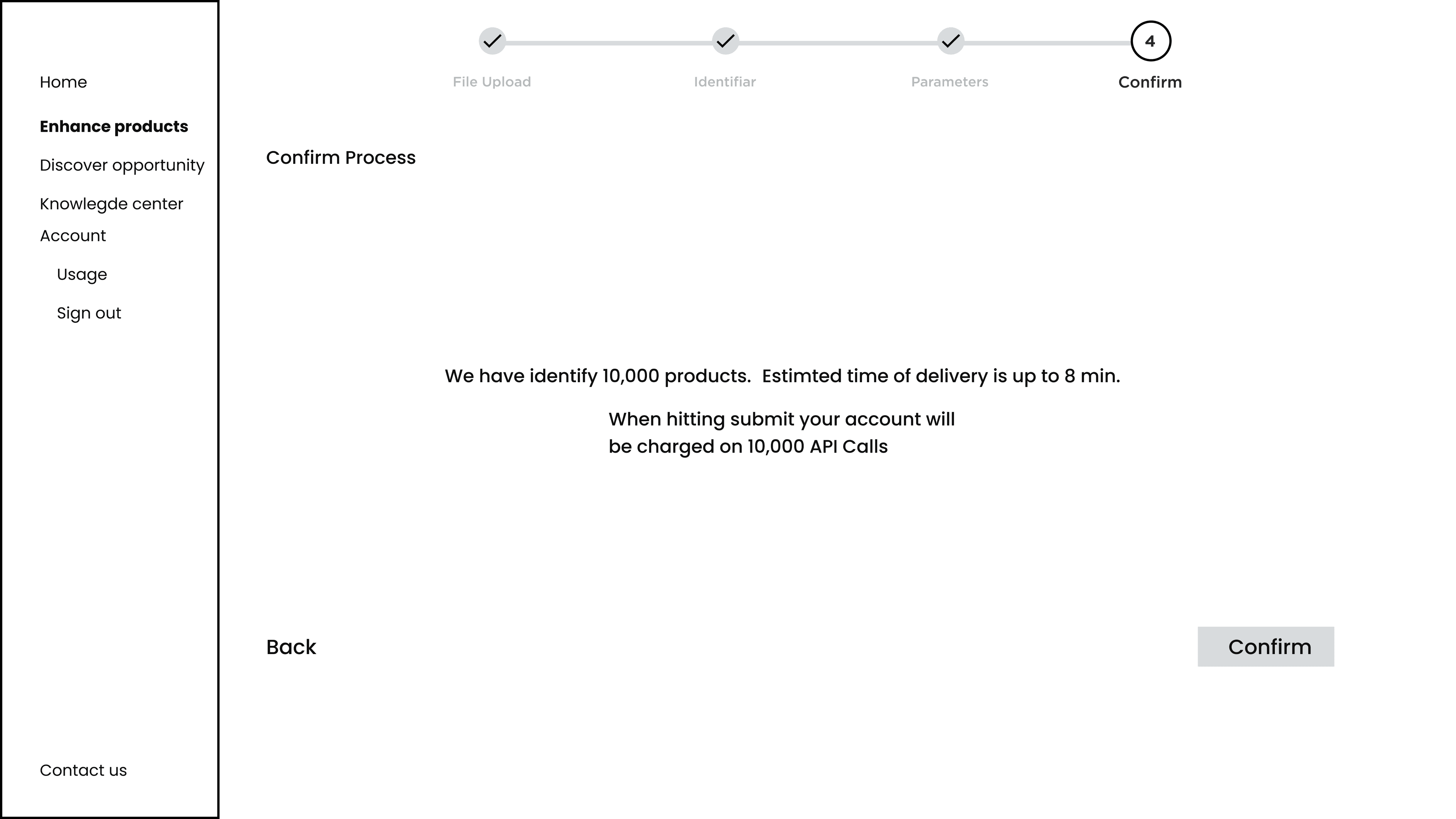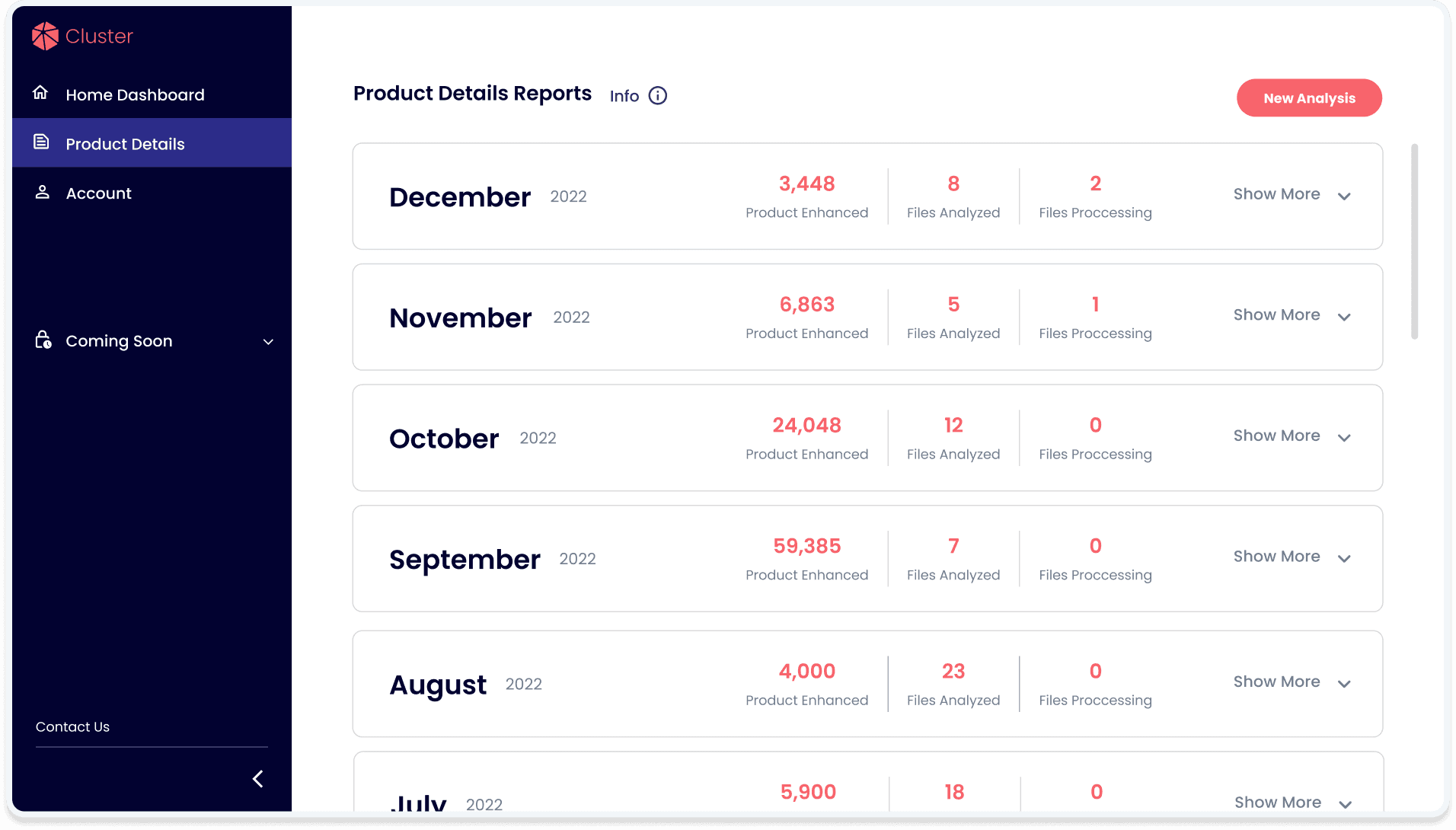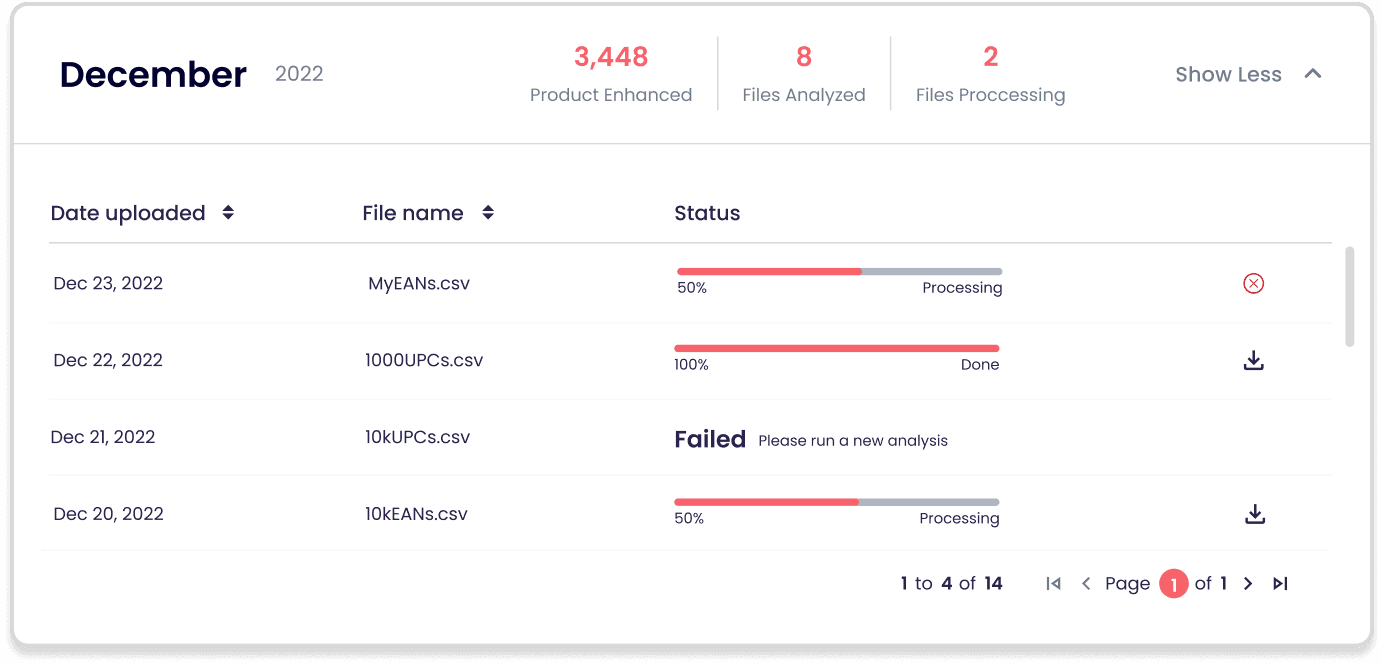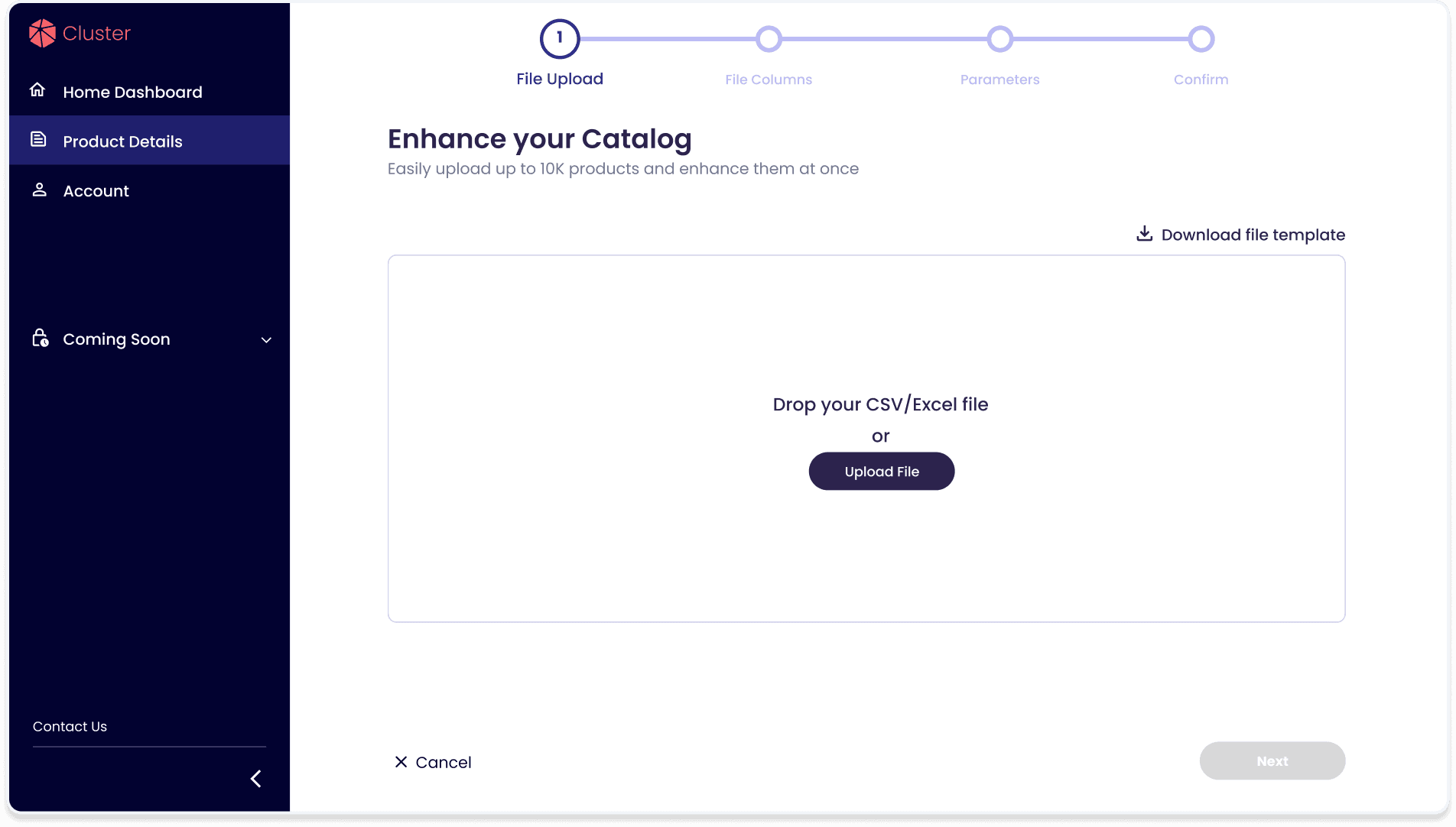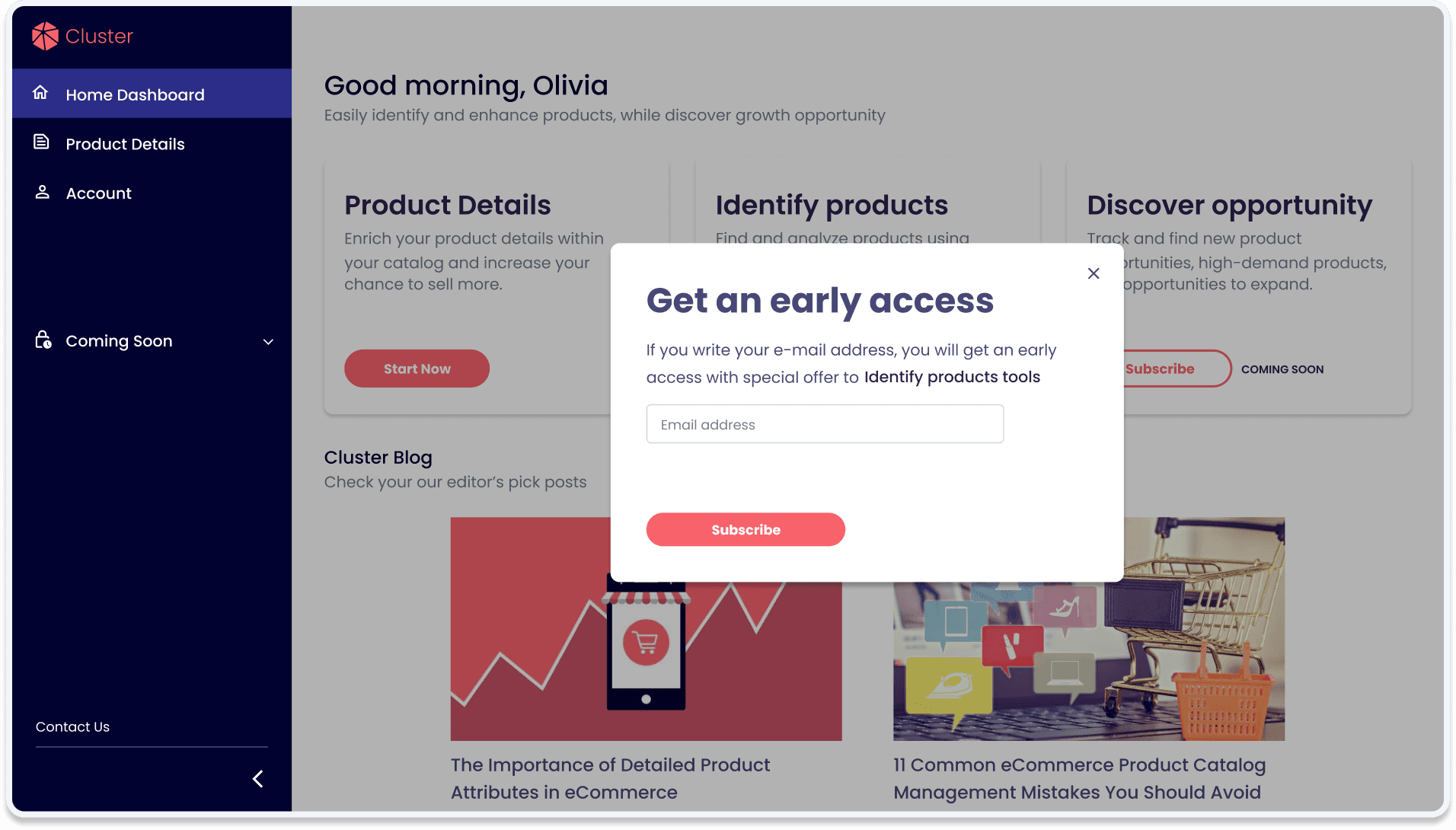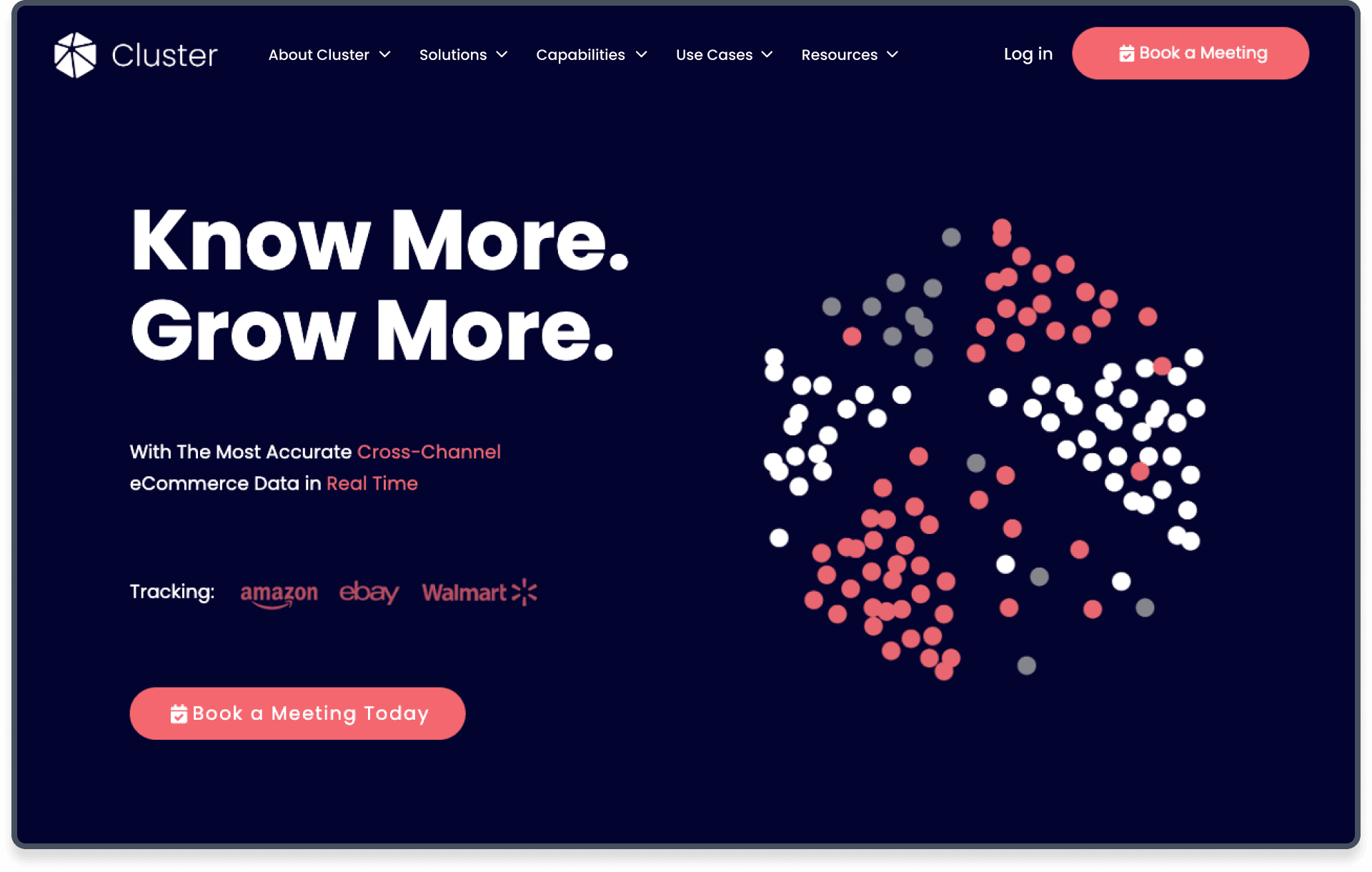Providing self service system
@cluster
Revolutionizing a complex and time-consuming onboarding process by developing a self-service product from scratch, enabling seamless data retrieval for users without traditional API integration.
Timeline
December - April, 2022-23
responsibilites
Ideation, research, user flows and end-to-end Design
TEam
CEO, CTO, product manager, front end and back end developer
The company
Cluster (Formerly known as Algopix) is a data company that provides real-time, cross-channel eCommerce catalog data supported by individual product-level sales estimates. Cluster serve marketplaces, brands, and financial institutions with their data, helping them to make better decisions and grow their businesses.
The challenge
Create a solution to require our data without complex dev integration, that is fully self-service by our users.
Company Goals
Increase Revenue
Gain Market Share
Optimize Operational Efficiency
Enhance Brand Reputation
research
Empowering design with user research
In our company, we have never conducted user research, so I insist on conducting qualitative research before we start designing.
With the limited time I had, I conducted three user interviews with potential and active customers, as well as interviewing stakeholders. This is to understand better what path we want the company and the product to take.
3
User interviews
5
Skateholders interviews
1 week
Time for research
analysis
Revealing user insights: The catalog manager persona
The "Catalog Manager" uses e-commerce data on a tight schedule without technical resources or expertise.
From the interviews, I discovered the following JTBD:
Have an organized data.
Know what to sell.
Improving the current monetization.
Have the ultimate shopping experience.
The initial job is essential for all others, holding everything together, so we've chosen to prioritize it.
An interview with a prospect
Competitors
Conducting competitor research provided valuable insights into user experience, design methods, and market standards. This informed our design approach, incorporating best practices and inspiring fresh ideas.

Time is money when you’re in sales
Wireframing
I took our research findings and turned them into design ideas. I used wireframes to plan how the product should look and be laid out. We kept improving the user interface until it was super user-friendly and smooth to use. This step was key to making sure our design was on point before we started building it.
Here's the main feature wireframes
Product details as the first job to be done
The Product Details wizard flow represents the first and main job we must fulfill for our customers.
We provide enhanced and quality data to our users without changing their workflow. Input and output are xslx/json.
Stay in contact with user’s needs
The available features are presented as well as future features and a subscription option is provided. This allows us to connect to our users' needs.
In addition, a selection of blog posts that relate to the task we adjust in the service, and enhance the value we give.
Design a competitive environment
Allowing users to log in through our website makes it not only a marketing website, but SaaS as well. This is similar to all of our competitors.
Outcome
Users were satisfied with the product
Due to other priorities, we developed it close to my resignation, therefore I lack metrics after deployment.
What I do know, is this solution meets our users and prospects expectations. Users says that this solution will have extreme effect on their job.
In addition, this product was included in sales calls, presenting us as a SaaS company. This helped our primary sales cycle improve because we had a user interface to demonstrate on.
REFLECTION
Utilization of resources differently
This project was special because I took the CEO initiative, and made it come to life from end-to-end. Unfortunately, one of our main challenges was the lack of resources and time, like most startups.
Looking backward, I feel like more user interviews would have helped me, or recruit a design partner to continue the user research.

